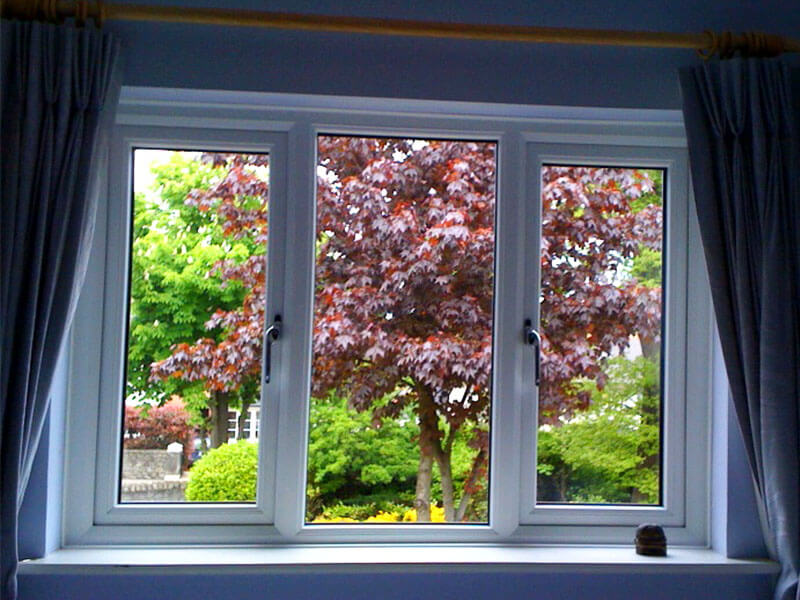In recent years, energy efficiency has become a paramount concern in building design and construction. As the world grapples with the challenges of climate change, the need for sustainable practices has never been more critical. One of the most effective ways to improve energy efficiency in buildings is through the use of advanced glazing technologies. Among these, triple glazing has emerged as a leading solution, offering significant benefits over traditional double glazing. This article explores the science behind triple glazing, its advantages, and its role in promoting energy-efficient buildings.
Understanding Triple Glazing
Triple glazing refers to the use of three panes of glass in a window unit, separated by two insulating gas-filled spaces. The typical configuration includes two outer panes and one inner pane, with the spaces between them filled with inert gases such as argon or krypton. These gases have lower thermal conductivity than air, enhancing the insulating properties of the glazing. The panes are usually coated with low-emissivity (Low-E) coatings that reflect heat back into the building while allowing visible light to pass through. This combination of multiple panes, gas fillings, and coatings significantly reduces heat transfer, making triple glazing an effective barrier against thermal loss.
The Science of Thermal Performance
The thermal performance of glazing is quantified using the U-value, which measures the rate of heat transfer through a material. The lower the U-value, the better the insulating properties. Traditional double-glazed units typically have U-values ranging from 1.2 to 3.0 W/m²K, depending on the type of glass and gas used. In contrast, triple-glazed windows can achieve U-values as low as 0.5 W/m²K, making them significantly more efficient at preventing heat loss.
The improved thermal performance of triple glazing can be attributed to several factors:
- Increased Airspace: The presence of an additional pane of glass and an extra airspace reduces the amount of heat that can escape from the building. Each layer of glass acts as a barrier, slowing down the heat transfer process.
- Low-E Coatings: These coatings reflect long-wave infrared radiation (heat) back into the interior of the building. This means that even when the outside temperature drops, the heat generated inside is retained, leading to a more stable indoor climate.
- Gas Fillings: The use of inert gases like argon or krypton further enhances insulation. These gases are denser than air and have lower thermal conductivity, which helps to minimize heat loss.
Advantages of Triple Glazing
The adoption of triple glazing offers numerous advantages, making it an attractive option for both residential and commercial buildings.

1. Enhanced Energy Efficiency
The primary benefit of triple glazing is its ability to significantly reduce energy consumption for heating and cooling. By minimizing heat loss during winter and heat gain during summer, buildings with triple glazing can maintain comfortable indoor temperatures with less reliance on heating and cooling systems. This translates to lower energy bills and a reduced carbon footprint.
2. Improved Comfort
Triple glazing contributes to a more comfortable indoor environment by reducing temperature fluctuations. The enhanced insulation minimizes cold drafts and hot spots, leading to a more consistent and pleasant temperature throughout the space. Additionally, triple-glazed windows can reduce noise pollution from outside, creating a quieter living or working environment.

3. Increased Property Value
Investing in triple glazing can enhance the overall value of a property. Energy-efficient homes are increasingly sought after in the real estate market, as buyers are more aware of the long-term cost savings associated with lower energy bills. Furthermore, properties equipped with triple glazing may qualify for green building certifications, making them more attractive to environmentally conscious buyers.
4. Environmental Impact
By reducing energy consumption, triple glazing plays a crucial role in decreasing greenhouse gas emissions. Buildings are responsible for a significant portion of global energy use, and improving their energy efficiency is essential for achieving climate goals. The widespread adoption of triple glazing can contribute to a more sustainable built environment, helping to mitigate the impacts of climate change.
Challenges and Considerations
Despite its numerous benefits, there are challenges associated with the implementation of triple glazing. The initial cost of triple-glazed windows is generally higher than that of double-glazed units. However, this upfront investment is often offset by long-term energy savings and increased property value.
Another consideration is the weight of triple-glazed units. The additional pane of glass and gas filling make these windows heavier, which may require reinforced frames and structural support. It is essential for builders and architects to account for this when designing buildings with triple glazing.
Installation and Maintenance
Proper installation is critical to maximizing the benefits of triple glazing. Air leaks can significantly diminish the insulating properties of the windows, so ensuring a tight seal is essential. It is advisable to hire experienced professionals for installation to guarantee optimal performance.
Maintenance of triple-glazed windows is similar to that of traditional windows. Regular cleaning and inspection for any signs of condensation between the panes are important to ensure longevity and performance. If condensation is observed, it may indicate a failure in the seal, and the unit may need to be replaced.
Conclusion
Triple glazing represents a significant advancement in window technology, offering enhanced energy efficiency, improved comfort, and a positive environmental impact. As the demand for sustainable building practices continues to grow, the adoption of triple glazing is likely to increase. While there are challenges associated with its implementation, the long-term benefits make it a worthwhile investment for homeowners and builders alike. By embracing triple glazing, we can move towards a more energy-efficient and sustainable future, contributing to the fight against climate change and promoting a healthier planet for generations to come.








